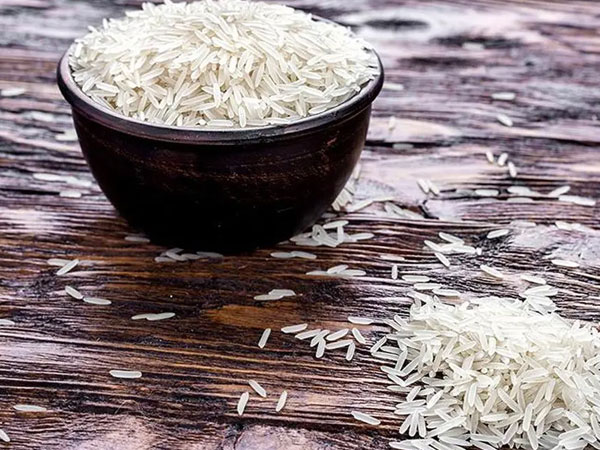 The Department of Agriculture (DA) aims to further reduce the prices of affordable rice in 2025, leveraging fresh budget allocations and additional funding from the Rice Competitiveness Enhancement Fund (RCEF).
The Department of Agriculture (DA) aims to further reduce the prices of affordable rice in 2025, leveraging fresh budget allocations and additional funding from the Rice Competitiveness Enhancement Fund (RCEF).
DA Secretary Francisco Tiu Laurel announced plans to reduce rice prices by P1 to P2 per kilogram, setting a target price range of P38 to P39 per kg. for well-milled rice.
“I think we can make it P38, P39 by next year. What’s important, right now, is to have P40 rice in every retail outlet and make it widely available to the public,” he said.
The DA also plans to expand the Kadiwa ng Pangulo program, which offers affordable agricultural products to consumers.
Tiu Laurel said some markets resisted the program on concerns over its impact on their operations.
He said despite this challenge, the DA aims to establish another 1,300 fixed Kadiwa stores and 1,500 market kiosks by January 2025, or at least one outlet in every municipality or local government unit (LGU).
Reflecting on 2024’s challenges, including production declines and the removal of price control mandates for rice and corn, Tiu Laurel expressed optimism for the coming year.
“For 2025, we look forward to overcoming challenges. El Niño and La Niña have ended, although regular storms will return. Still, we’re ready for next year and aim to exceed the 20.06 million metric tons production milestone,” he said.
He said the sector is poised to grow by at least 2 percent, coming from an expected low base of negative 2 percent in 2024.
The DA also highlighted significant achievements in 2024, such as stabilizing the prices of onions and sugar and launching the Agri-Puhunan Program.
The initiative provides low-cost credit, financial assistance, and guaranteed markets to farmers, boosting their productivity and income.
It publicly advocates for reinstating the NFA’s mandate, emphasizing its critical role in ensuring food security. The department said the NFA’s efforts significantly bolstered rice stocks.
The NFA achieved its highest buffer stock levels in nearly a decade, maintaining six million bags of rice, despite the limitations imposed by the Rice Tariffication Law (RTL).
The DA, in collaboration with the National Irrigation Administration (NIA), also enhanced mechanization and processing capabilities. Eight to ten rice processing systems were inaugurated in 2024, with ten more expected in 2025.
“The DA has performed well despite its limited budget. We’re optimistic that these efforts will ensure rice stability and availability while strengthening the agricultural sector,” Tiu Laurel said.













© Copyright 2025 The SSResource Media.
All rights reserved.